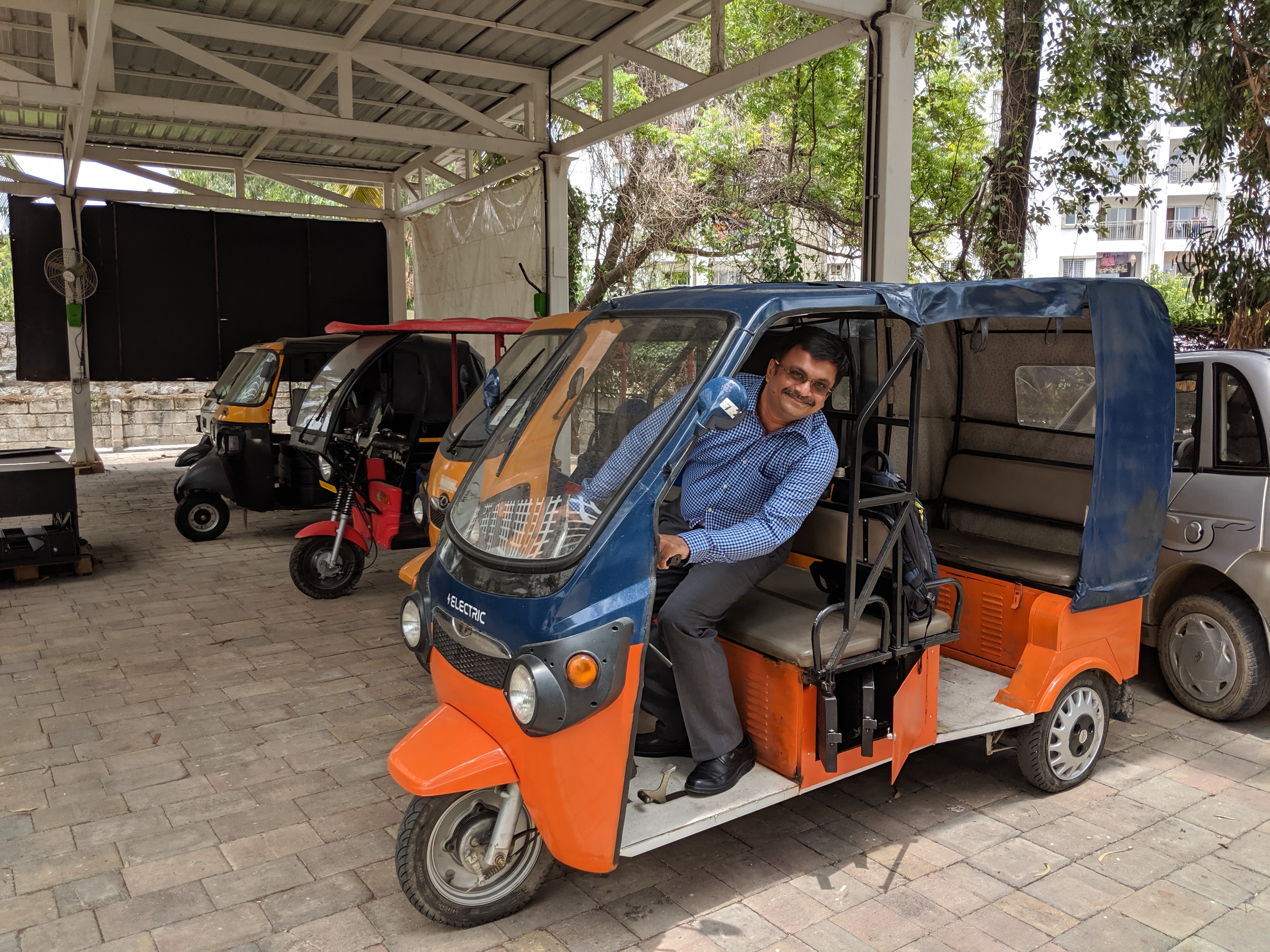Worldwide transportation experts and Governments are focusing heavily on Electric Vehicles, mainly as a way to handle the growing pollution and greenhouse gas issues. Initially, many believed myself including, that Electric will first come for consumer vehicles like two-wheelers and cars – I even (stupidly) bought one early in 2008. Other than the big successes with Tesla and Nissan Volt, consumers aren’t enthusiastic towards electric scooters and cars anywhere in the world especially in developing countries like India. Reasons for the slow uptake has been the huge upfront cost, lack of charging stations, poor performance and “range” anxiety (which was the main reason for me).
Now, everybody has recalibrated their roadmap for electric vehicles to focus on B2B & fleet services, and, initially by defocussing on consumer markets. Indian Government too, in their recent EV Policy and FAME-II, has laid the focus on three-wheelers (which are entirely non-consumer owned) to be moved 100% to electric by 2023 and to work with UBER and OLAs to get 40% of their fleet to battery operated by 2026. In my view, this makes a lot of sense. Fleet companies can handle the current drawbacks with Electric vehicles better than consumers. And once infrastructure falls in place for them, consumers can ride on the back of them easily.
You, my reader, may ask why my sudden interest in this subject?
A few months ago I saw in the Chennai Demo Day at IIT Madras Research Park, the huge progress electric vehicles have made. It appeared to be practical now and not a fad (or futuristic) anymore. Today, while visiting a factory in Bangalore which makes batteries for electric vehicles, my friend who works there explained the technology advancements and I got to look around the various test vehicles including a three-wheeler (E-Auto) that you are seeing me ride in the photo on top. Impressive!



Comments